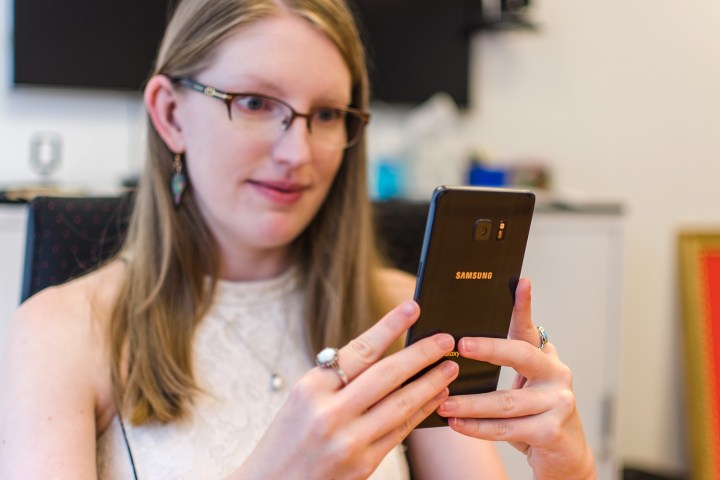
According to an unnamed source, Samsung’s largest in-house supplier is trying to assure its customers, which include Apple and other outfits, that its batteries are safe to use. SDI might not have made headlines on its own, but with Samsung’s decision to stop using its batteries in the Note 7, plenty of indirect blame was placed on the subsidiary for the phone’s battery woes.
“Since the first recall, we’ve had many inquiries from our clients, including Apple, asking whether batteries used in their products are safe,” said the source, who was reportedly involved in the development of the Note 7’s battery at SDI.
From that point onward, things have not gone too well for SDI, with the subsidiary losing around a fifth of its market value since the Note 7 debacle. For a supplier trying to broaden its wares to include electric vehicle batteries and renewable energy storage systems, the last thing SDI wants is a bad reputation in the eyes of current and potential clients.
SDI also does not want to second-guess its decisions, something the unnamed person alleges is what happened within the supplier.
“We are also asking ourselves whether we should have done it (the Note 7 battery) this way, or whether there could have been other ways,” said the source.
SDI’s issues are not just limited to the Note 7’s battery, however. Having close ties to Samsung has helped both SDI itself and Samsung, with the former gaining visibility while the latter has gained an advantage over competing companies. However, there are questions regarding Samsung’s in-house supply chain and whether it can support the growing demands of a company that has grown exponentially over the years.
Samsung has not pinpointed the problem with the Note 7, though it certainly seems that SDI is bearing the brunt of the outcome, at least internally.
Editors' Recommendations
- The Galaxy Z Fold 4 isn’t just a good phone — it’s also my favorite computer
- 5 ways the Galaxy A53 5G is a good value, and 1 way it isn’t
- The Samsung Galaxy S22 isn’t charging as fast as it should
- The Galaxy Z Fold 3 isn’t better than the Oppo Find N, and that’s a good thing
- Latest Samsung Galaxy S22 Ultra leak makes Note revival unlikely

